Outdoor security cameras are engineered to withstand the harshest environmental challenges, from torrential rain and blizzards to scorching heat and high winds, ensuring continuous protection for your property. Their resilience is crucial for reliable year-round monitoring, making specialized weatherproofing and robust construction essential features. This comprehensive guide will delve into the critical aspects that allow these devices to perform optimally under duress.

What Makes an Outdoor Camera Weather-Resistant?
Why is Weather Resistance Crucial for Outdoor Cameras?
How Do IP Ratings Define Camera Durability?
What Extreme Temperatures Can Outdoor Cameras Endure?
Which Materials and Design Features Bolster Weather Protection?
How Does Power Supply Impact Cold Weather Performance?
Where Should Outdoor Cameras Be Strategically Positioned?
What Advanced Features Enhance All-Weather Monitoring?
Who Benefits Most from Ruggedized Security Solutions?
How to Choose the Right Weatherproof Camera for Your Needs?
What Makes an Outdoor Camera Weather-Resistant?
The ability of an outdoor security camera to function flawlessly through extreme weather conditions hinges on several design and material choices. Weather resistance isn't merely an add-on feature; it's an intrinsic part of the camera's engineering, safeguarding its delicate internal components from environmental degradation. This involves a combination of robust external casings, specialized seals, and internal heating or cooling mechanisms.
When considering true weather resistance, the focus extends beyond just preventing water ingress. It encompasses protection against dust, extreme temperatures, UV radiation, and even impact. A truly resilient camera is built from the ground up to operate reliably whether it's battling a blizzard or enduring a heatwave, ensuring that surveillance remains uninterrupted and video quality uncompromised.
Why is Weather Resistance Crucial for Outdoor Cameras?
Uninterrupted security monitoring is the primary objective of any surveillance system, and for outdoor cameras, this directly translates to the imperative of weather resistance. Without adequate protection, external elements like rain, snow, dust, and temperature fluctuations can quickly compromise a camera's functionality, leading to image degradation, component failure, or complete system downtime. Such failures can leave a property vulnerable, negating the very purpose of having a security system.
Beyond operational integrity, weather resistance contributes significantly to the longevity and cost-effectiveness of an outdoor security solution. Cameras that are not built to withstand their environment will inevitably require frequent maintenance, repairs, or premature replacement, escalating ownership costs. Investing in a truly weather-resistant camera from the outset ensures a reliable, durable, and ultimately more economical security setup over its lifespan. It protects your investment while protecting your property.
How Do IP Ratings Define Camera Durability?
IP ratings, or Ingress Protection ratings, are standardized metrics that precisely define an electrical enclosure's resistance to solids (like dust) and liquids (like water). Understanding these ratings is fundamental when evaluating the durability of an outdoor security camera. An IP rating consists of two digits: the first digit indicates protection against solid objects, ranging from 0 (no protection) to 6 (dust-tight), while the second digit denotes protection against liquids, from 0 (no protection) to 9K (high-pressure, high-temperature jet sprays).
For outdoor cameras, an IP66 rating is generally considered the minimum standard for reliable performance in varied weather. This means the camera is fully protected against dust ingress and can withstand powerful jets of water from any direction, making it suitable for heavy rain and general outdoor exposure. Higher ratings, such as IP67 or IP68, indicate even greater resilience, offering protection against temporary immersion in water, which can be beneficial in areas prone to flooding or extreme downpours. Always scrutinize the IP rating to match the camera's protection level with the specific environmental challenges of its intended installation site.
| IP Rating | First Digit (Solids) | Second Digit (Liquids) | Outdoor Suitability |
|---|---|---|---|
| IP65 | Dust tight | Protected against jets of water | Good for general outdoor use, light rain |
| IP66 | Dust tight | Protected against powerful jets of water | Excellent for outdoor use, heavy rain, snow |
| IP67 | Dust tight | Protected against temporary immersion in water (1m for 30min) | Very robust, ideal for areas with potential submersion |
| IP68 | Dust tight | Protected against continuous immersion in water | Highest level of protection for extreme conditions |
What Extreme Temperatures Can Outdoor Cameras Endure?
The operational temperature range is a critical specification for any outdoor security camera, as electronic components are highly susceptible to damage from both excessive heat and extreme cold. High-quality outdoor cameras are designed to function reliably across a broad spectrum of temperatures, typically ranging from as low as -20°F (-29°C) to as high as 120°F (49°C), or even wider for specialized models. These ranges are achieved through careful component selection, advanced thermal management, and sometimes even integrated heating or cooling elements.
In frigid conditions, components like circuit boards and wiring can become brittle, and battery performance in wireless cameras can significantly degrade. High-end cameras often incorporate internal heaters to prevent freezing and maintain optimal operating temperatures. Conversely, in scorching heat, electronic components can overheat, leading to performance degradation, instability, or permanent failure. Effective heat dissipation through specialized casing materials and internal design is crucial to prevent such issues. Always verify the stated operating temperature range against the typical extremes of your specific climate to ensure reliable year-round performance.
Which Materials and Design Features Bolster Weather Protection?
The physical construction of an outdoor security camera plays a pivotal role in its ability to withstand harsh weather. Manufacturers employ a range of durable materials and intelligent design choices to ensure robust protection. For external casings, materials such as high-grade aluminum alloy or UV-resistant polycarbonate are commonly used. Aluminum offers exceptional strength and heat dissipation properties, while specialized polycarbonates resist degradation from prolonged sun exposure, preventing cracking or discoloration. These materials are chosen not just for their resilience but also for their ability to withstand impact and corrosion.
Beyond the primary casing, several design features contribute to weatherproofing. Gaskets and O-rings are strategically placed at all seams, connections, and access points to create a tight seal, preventing water and dust ingress. Integrated cable management systems often route wires internally or through sealed conduits to protect them from exposure. Some cameras also feature built-in visors or shrouds that extend over the lens, offering additional protection from direct rain, snow, and glare, which helps maintain image clarity in adverse conditions. The combination of these material and design elements ensures the camera remains a vigilant sentinel, regardless of the elements.
How Does Power Supply Impact Cold Weather Performance?
The power supply method significantly influences an outdoor camera's performance, particularly in cold environments. Wired cameras (PoE or direct power) generally offer more consistent performance in cold weather because they receive a continuous power flow directly from a stable source. This constant energy allows internal heaters, if present, to function effectively and prevents battery-related issues common in low temperatures.
Battery-powered cameras, while offering installation flexibility, face unique challenges in cold weather. Lithium-ion batteries, prevalent in many wireless devices, experience a chemical reaction slowdown as temperatures drop, leading to a noticeable reduction in capacity and shorter battery life. In extremely cold conditions, batteries can even fail to charge or discharge properly. Therefore, for regions experiencing prolonged sub-freezing temperatures, a wired power solution is often recommended to ensure uninterrupted operation. If a battery-powered option is essential, look for cameras with large battery capacities, efficient power management, and potentially even solar charging options to mitigate cold-weather drain, such as the Botslab Solar Powered Camera Pro, which harnesses solar energy to extend battery life, even in varying climates.
Where Should Outdoor Cameras Be Strategically Positioned?
Strategic placement of outdoor security cameras is paramount for maximizing their effectiveness and ensuring their longevity, especially when considering harsh weather. While cameras are designed to be weather-resistant, optimal positioning can provide an additional layer of protection and improve their operational reliability.
Firstly, consider locations that offer some natural shelter. Under eaves, overhangs, or beneath carports can shield the camera from direct impact of heavy rain, snow, and strong winds, reducing wear and tear on the camera's housing and lens. This doesn't mean compromising on the field of view; rather, it's about finding a balance. Secondly, ensure the camera is mounted securely to a stable surface. High winds can buffet loosely mounted cameras, leading to blurry footage or even dislodgement. Use appropriate mounting hardware that can withstand environmental stressors. Lastly, consider accessibility for future maintenance. While robust cameras require less frequent intervention, occasional cleaning of lenses or adjustments may still be necessary, so avoid placing them in utterly unreachable spots.
What Advanced Features Enhance All-Weather Monitoring?
Beyond basic weather resistance, several advanced features significantly enhance the performance and reliability of outdoor security cameras in challenging conditions. These innovations ensure that adverse weather doesn't compromise critical surveillance capabilities.
One crucial feature is de-fogging or defroster technology, which uses internal heating elements to prevent condensation build-up on the lens in humid or cold environments, ensuring a clear field of vision. WDR (Wide Dynamic Range) or HDR (High Dynamic Range) imaging is also invaluable, especially on days with patchy cloud cover or glare from snow, as it balances extremely bright and dark areas in the same frame, providing clearer images. Infrared (IR) night vision with smart IR functionality adapts to varying distances, preventing overexposure of close-up objects in low light or fog. Furthermore, motion detection with AI person/vehicle recognition can help filter out false alarms triggered by weather phenomena like heavy rain, falling leaves, or snow, focusing alerts on genuine security threats. For instance, the Botslab outdoor camera range integrates advanced AI algorithms for intelligent detection, minimizing nuisance alerts while maintaining vigilance in all conditions. These combined features elevate an outdoor camera from merely functional to truly intelligent and reliable, regardless of the meteorological forecast.
Who Benefits Most from Ruggedized Security Solutions?
Ruggedized security camera solutions are not a niche product but a necessity for a broad spectrum of users and environments where standard indoor-grade cameras would quickly fail. Their robust construction and advanced weatherproofing make them indispensable for ensuring continuous surveillance in challenging outdoor settings.
Homeowners living in areas prone to extreme weather, such as coastal regions with saltwater exposure, mountainous areas with heavy snow, or desert environments with intense heat and dust, benefit immensely. They need peace of mind that their property is monitored year-round, without fear of camera failure due to a sudden storm. Small businesses and retail establishments with external premises, parking lots, or storage areas require cameras that can withstand public exposure and varying climates, protecting assets and employees. Industrial and commercial sites, including construction zones, manufacturing facilities, and remote infrastructure, are often exposed to highly demanding conditions (dust, moisture, wide temperature swings), making rugged cameras a non-negotiable requirement for site security and operational oversight. Finally, farms and agricultural properties covering vast outdoor areas rely on durable cameras to monitor livestock, equipment, and perimeters across changing seasons. In essence, anyone seeking steadfast, long-term outdoor surveillance in unpredictable environments will find significant value in investing in purpose-built, weather-resistant security cameras.
How to Choose the Right Weatherproof Camera for Your Needs?
Selecting the optimal weatherproof camera requires a systematic approach, aligning the camera's specifications with your specific environmental conditions and security objectives. The market offers a wide array of options, and discerning the best fit involves considering several key factors.
Begin by assessing your local climate. What are the average high and low temperatures? Is there heavy rainfall, snow, or frequent dust storms? This assessment will dictate the necessary IP rating (e.g., IP66 for general robustness, IP67/68 for extreme moisture) and the required operating temperature range. Next, consider the powering options. For cold climates, wired (PoE) cameras are often more reliable than battery-powered alternatives, as discussed previously. Evaluate camera features like video resolution (e.g., 2K, 4K) for clear footage, night vision capabilities (color night vision, IR range), and smart detection features (AI human/vehicle detection to reduce false alarms from weather). Finally, compare brands and models that offer proven reliability and robust customer support. Review product specifications thoroughly, read independent reviews, and consider warranties. By carefully matching environmental challenges with camera capabilities, you can confidently select a weatherproof security camera that delivers dependable protection for years to come.



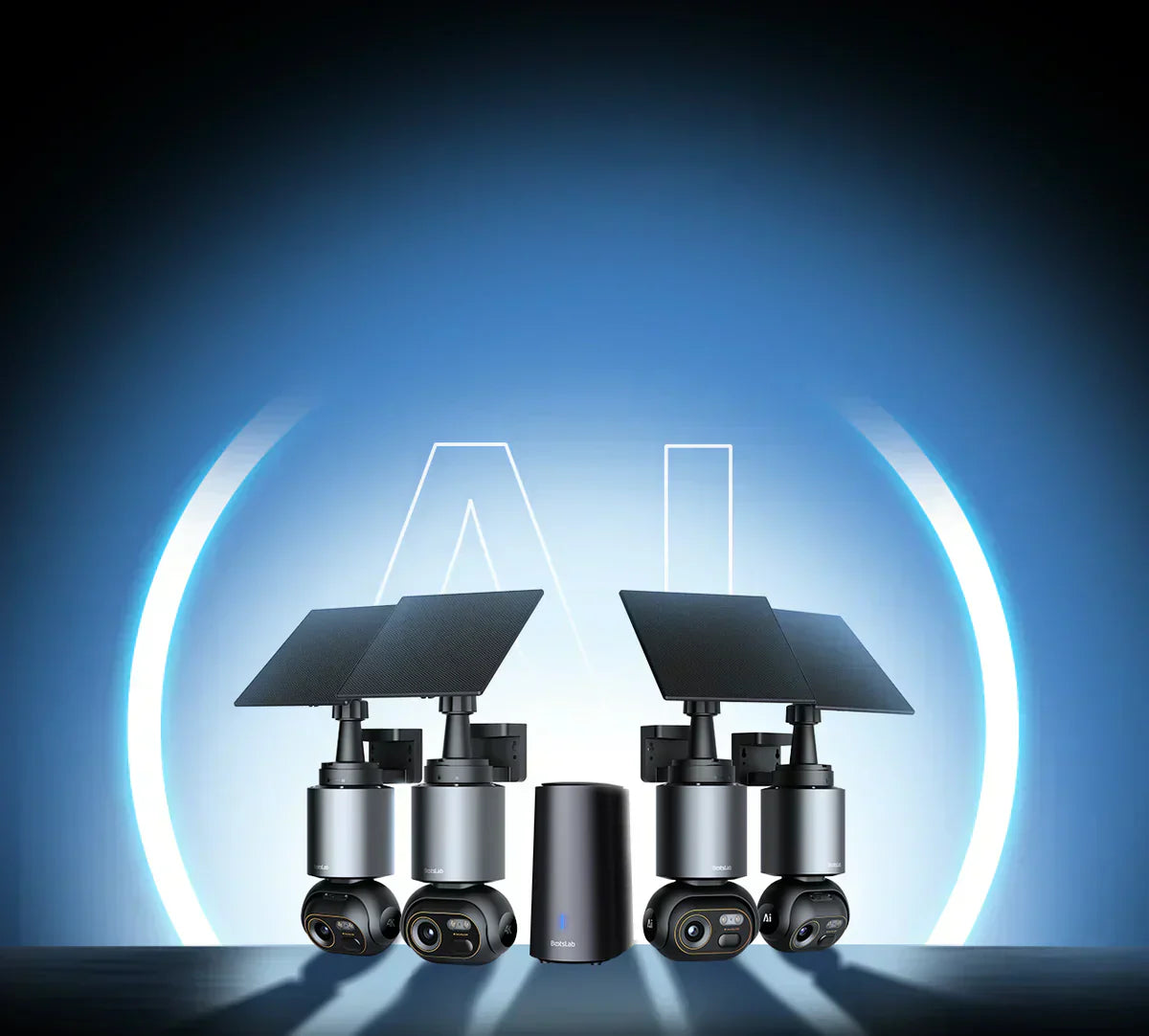
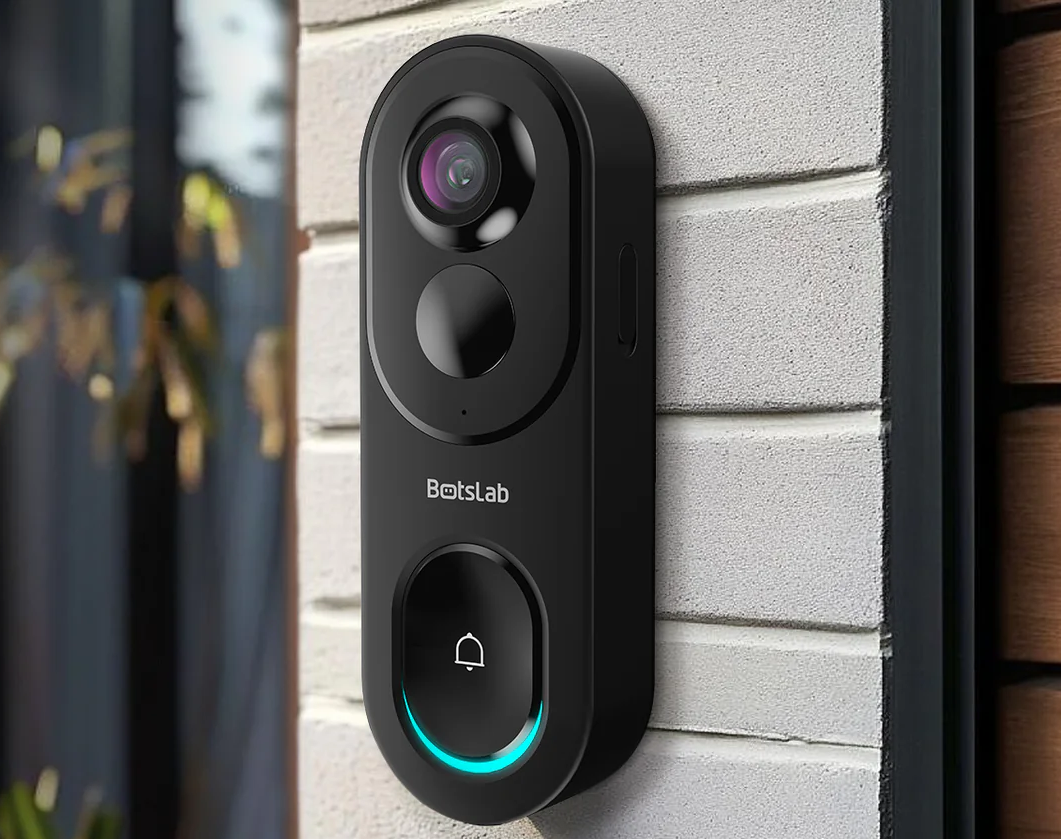



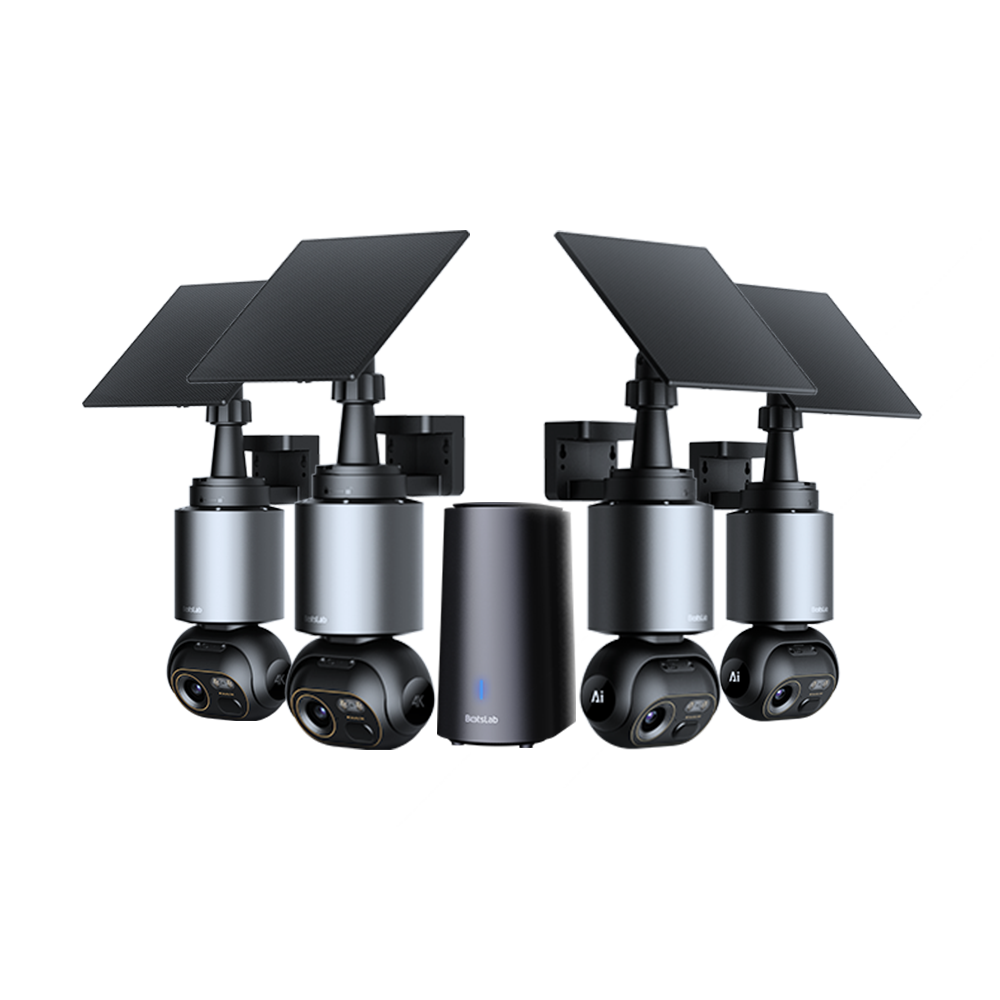




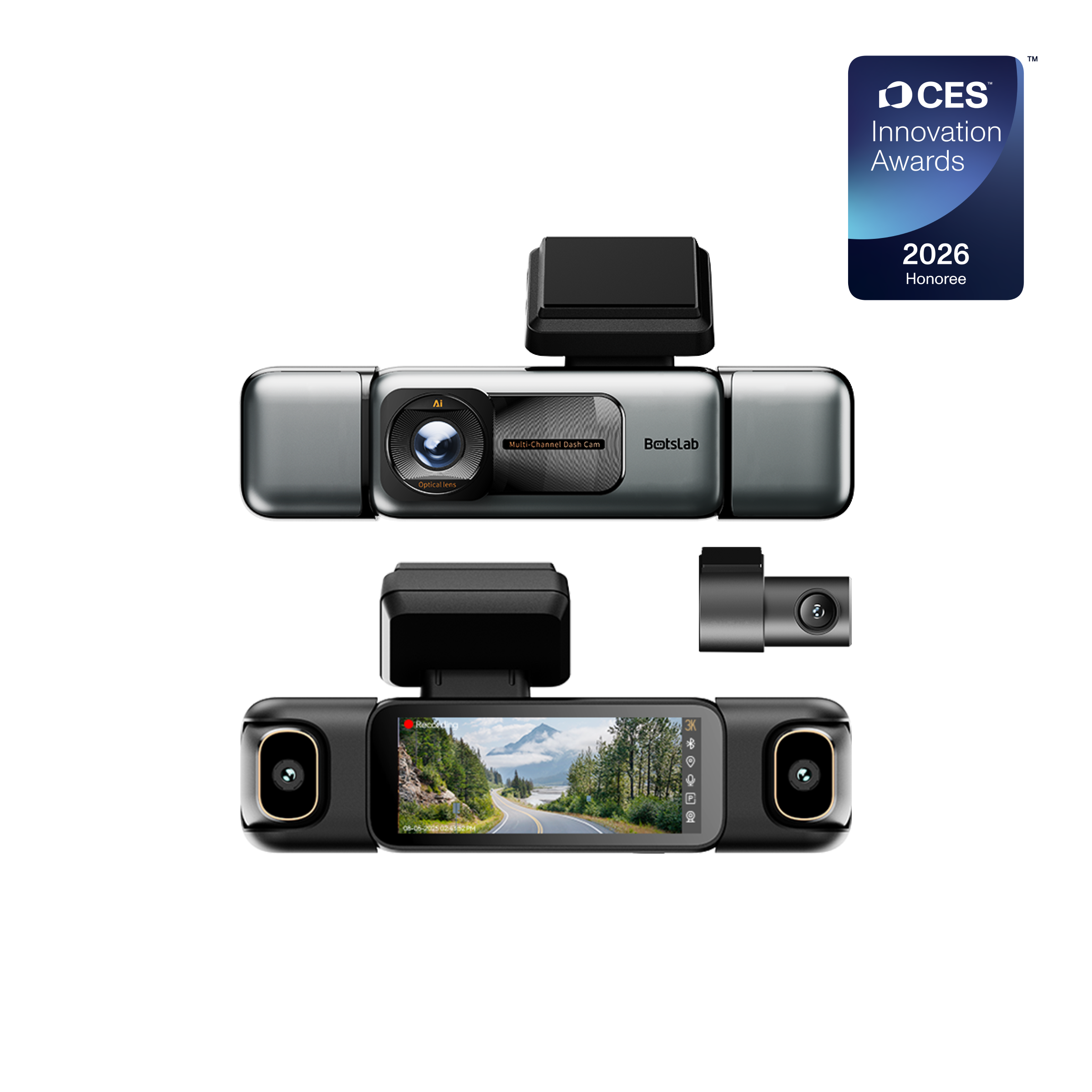
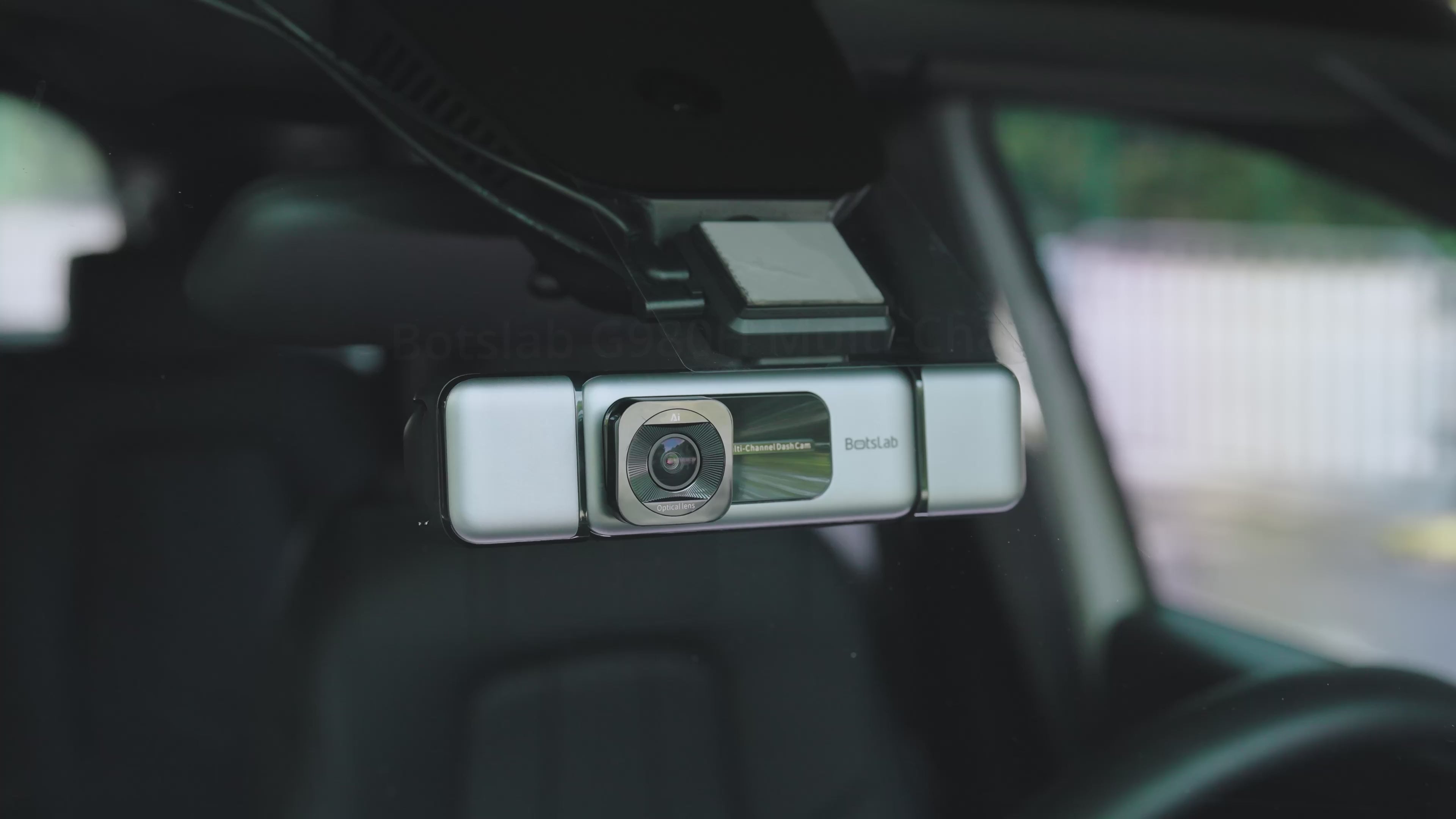
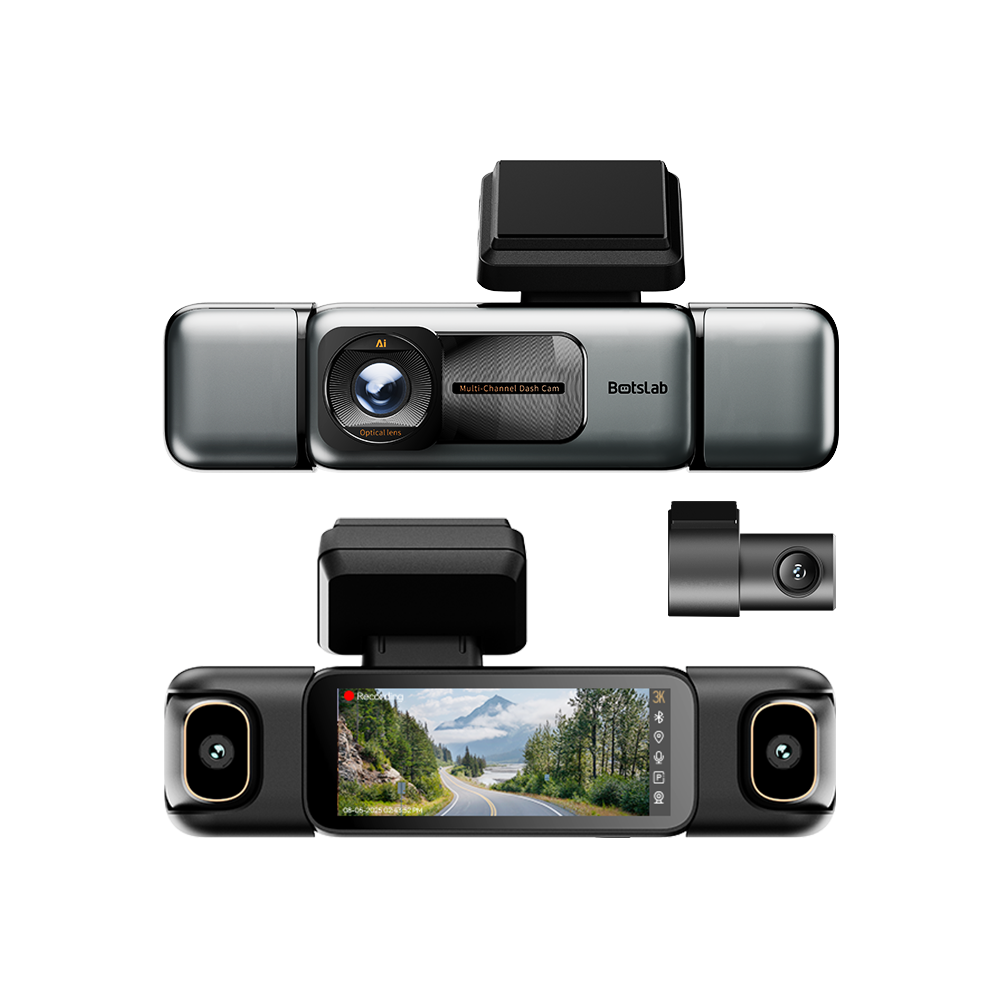
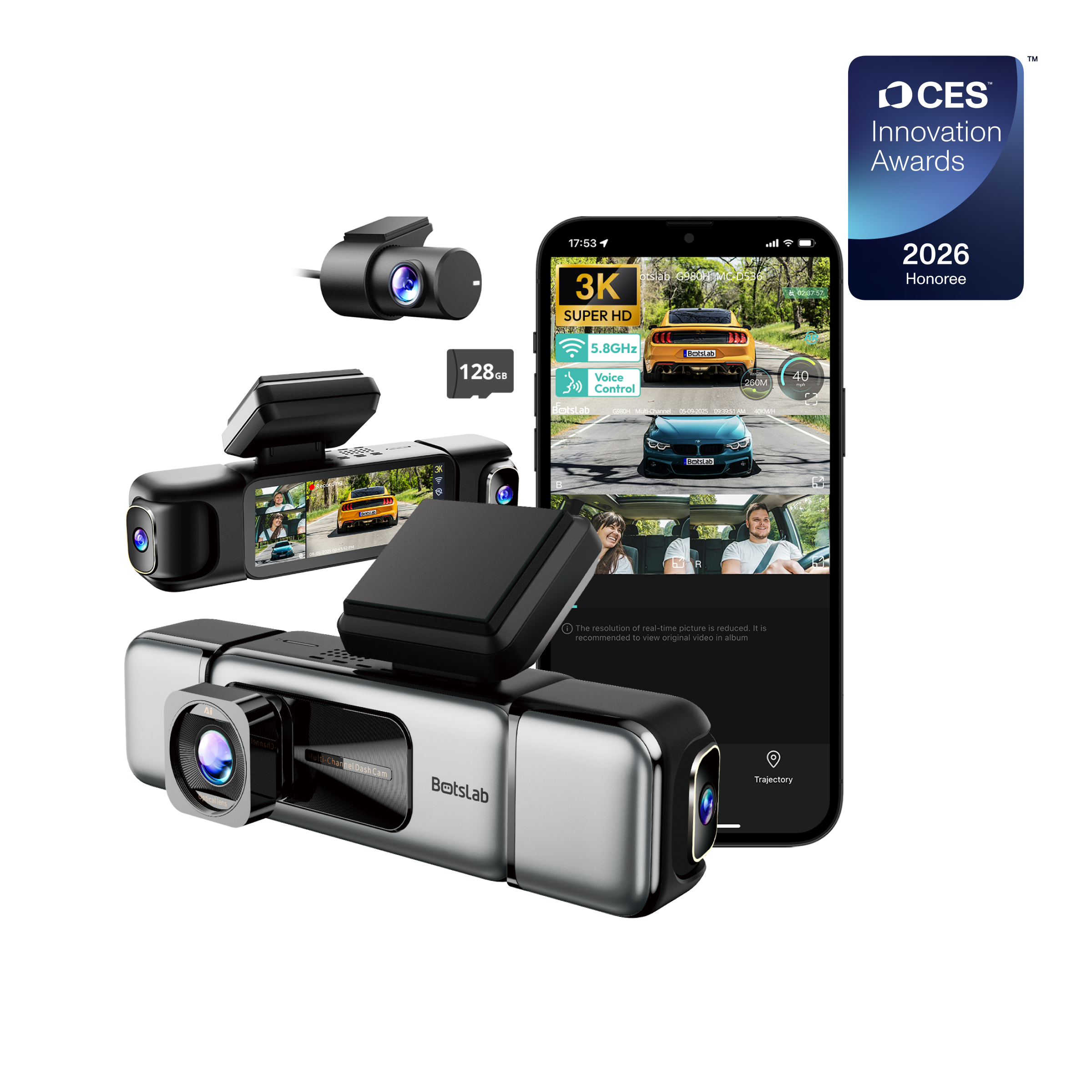
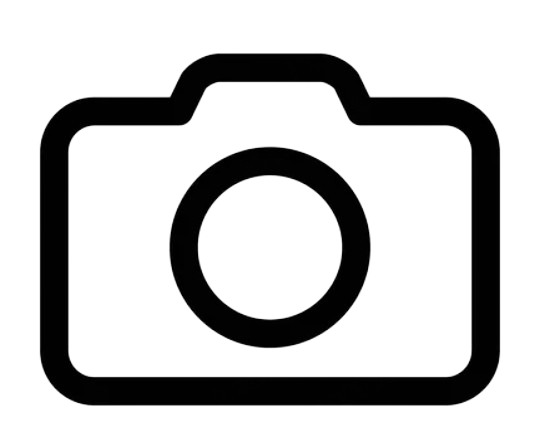


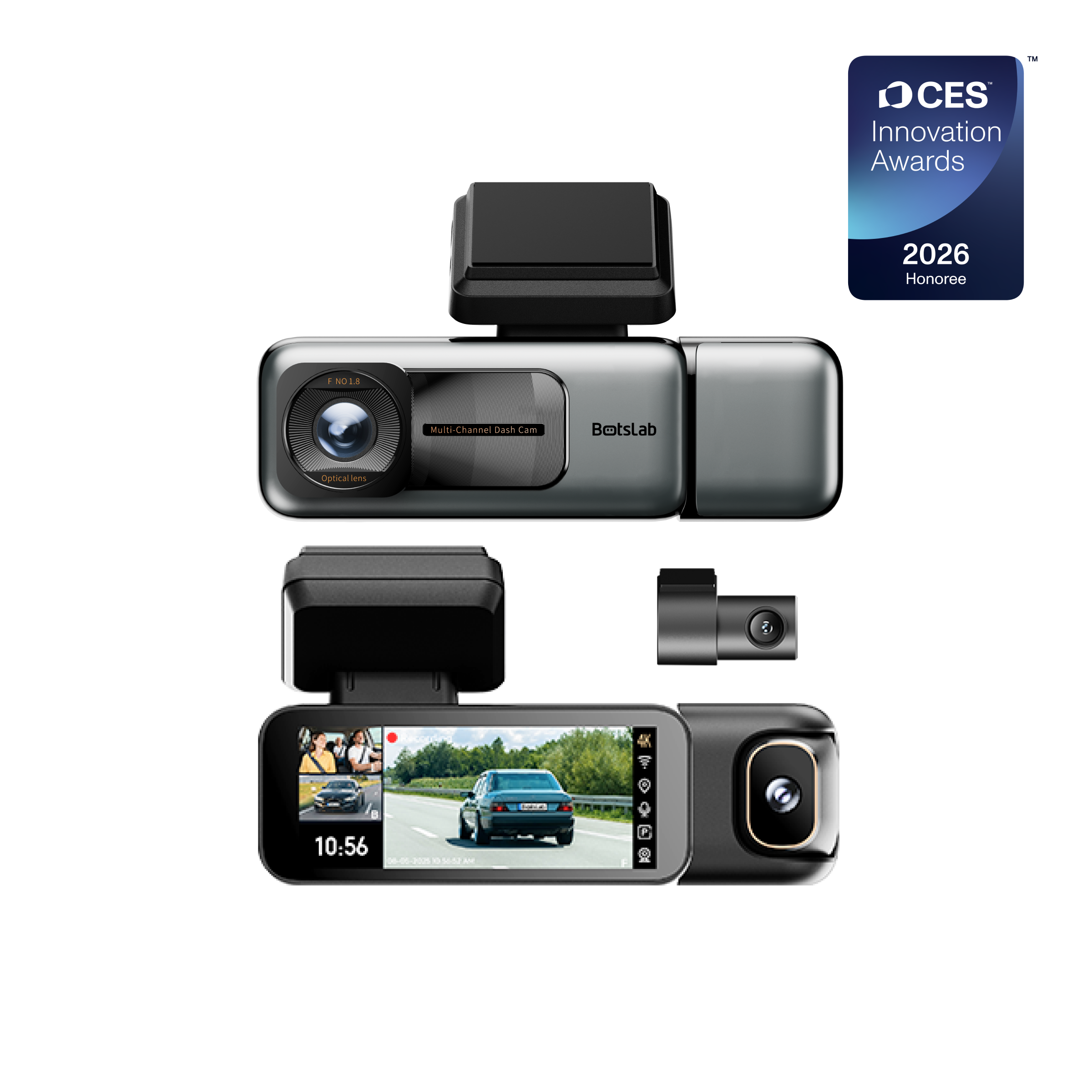
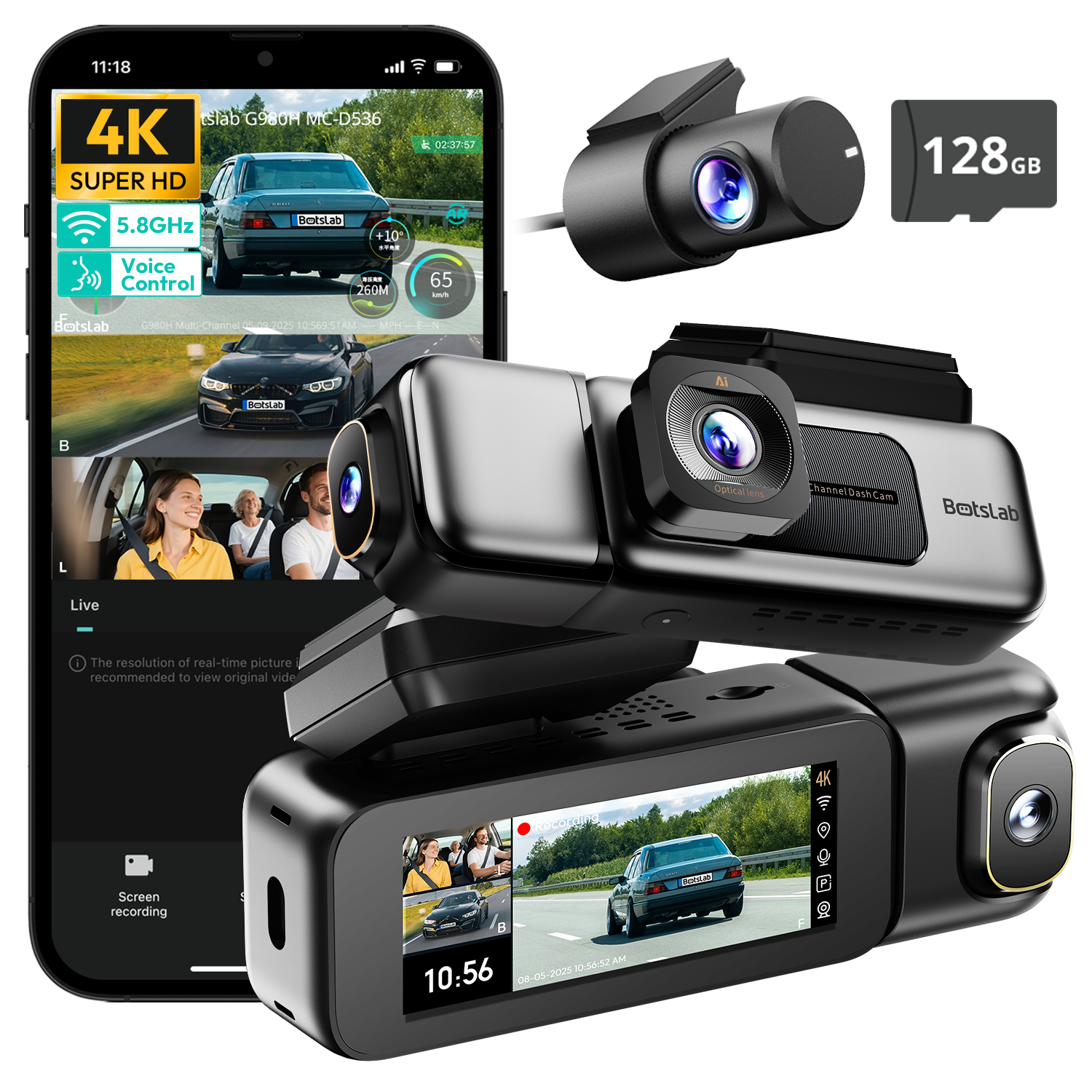



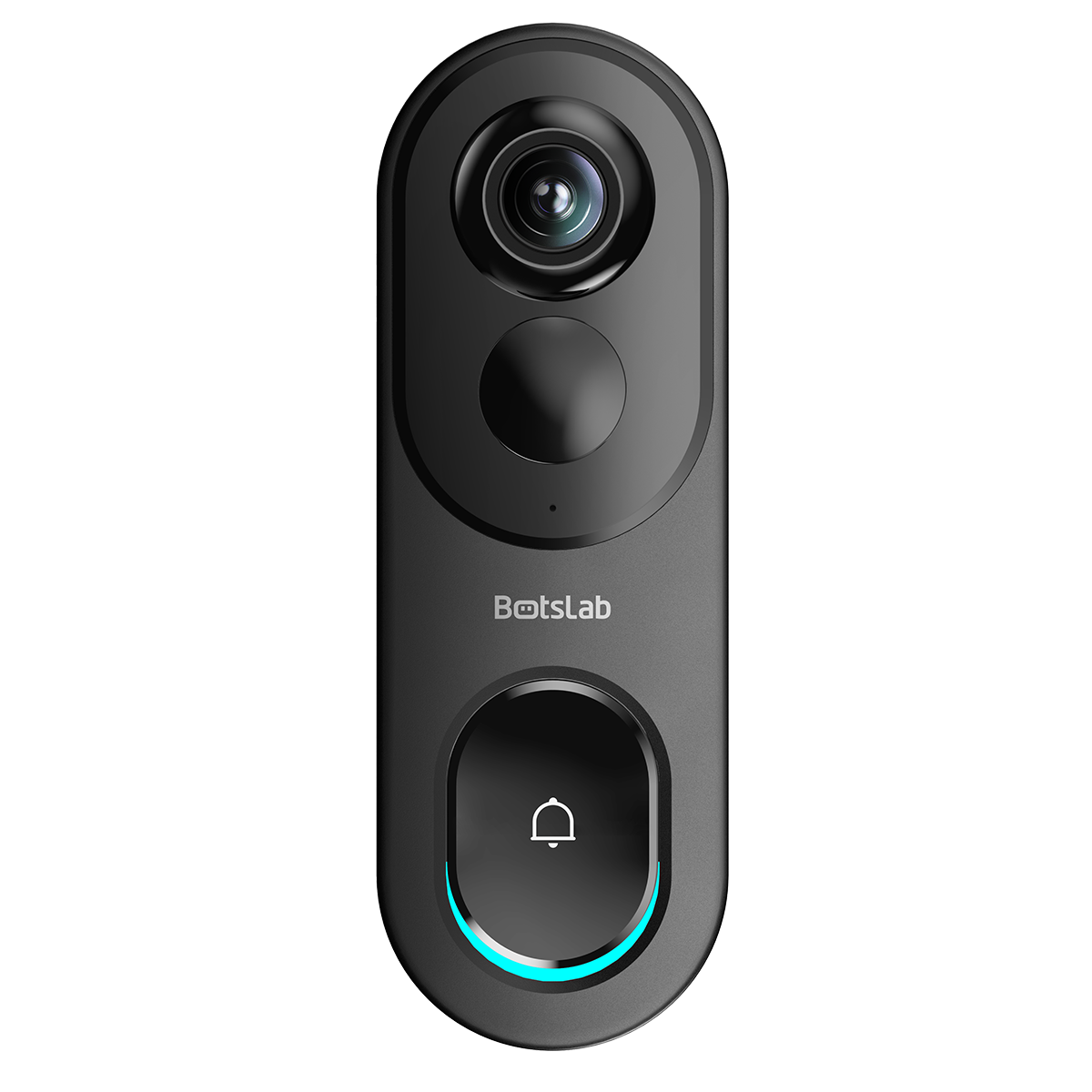




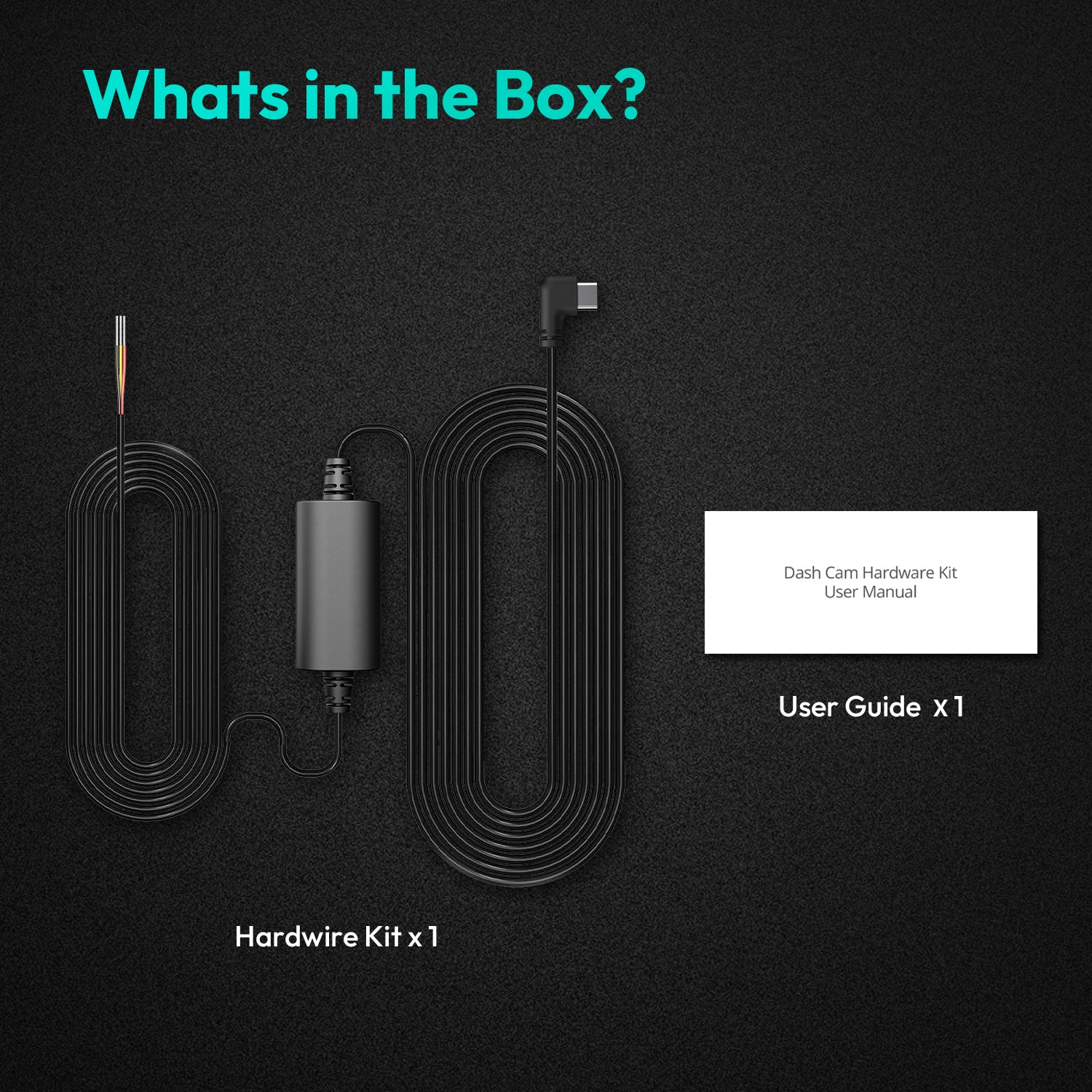
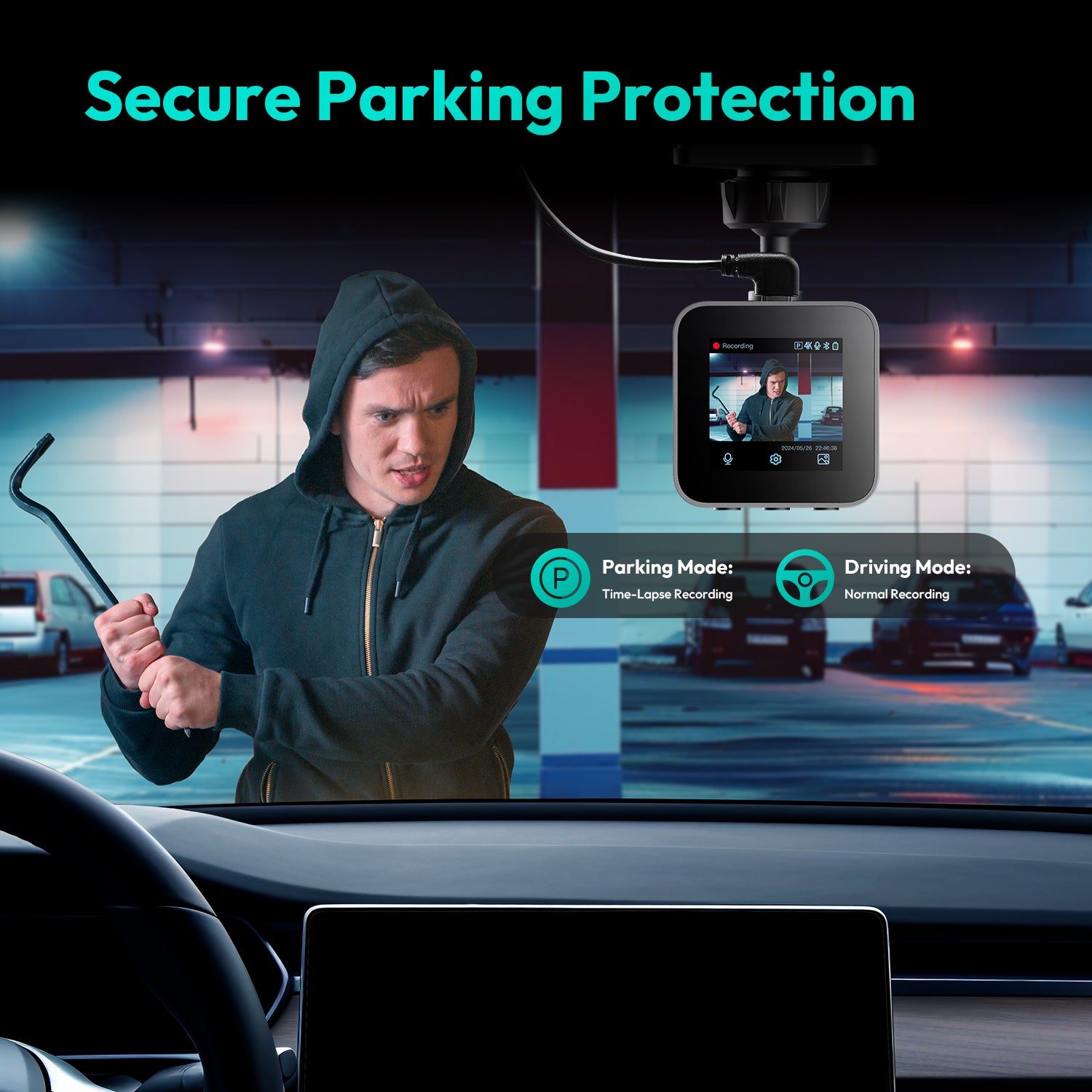
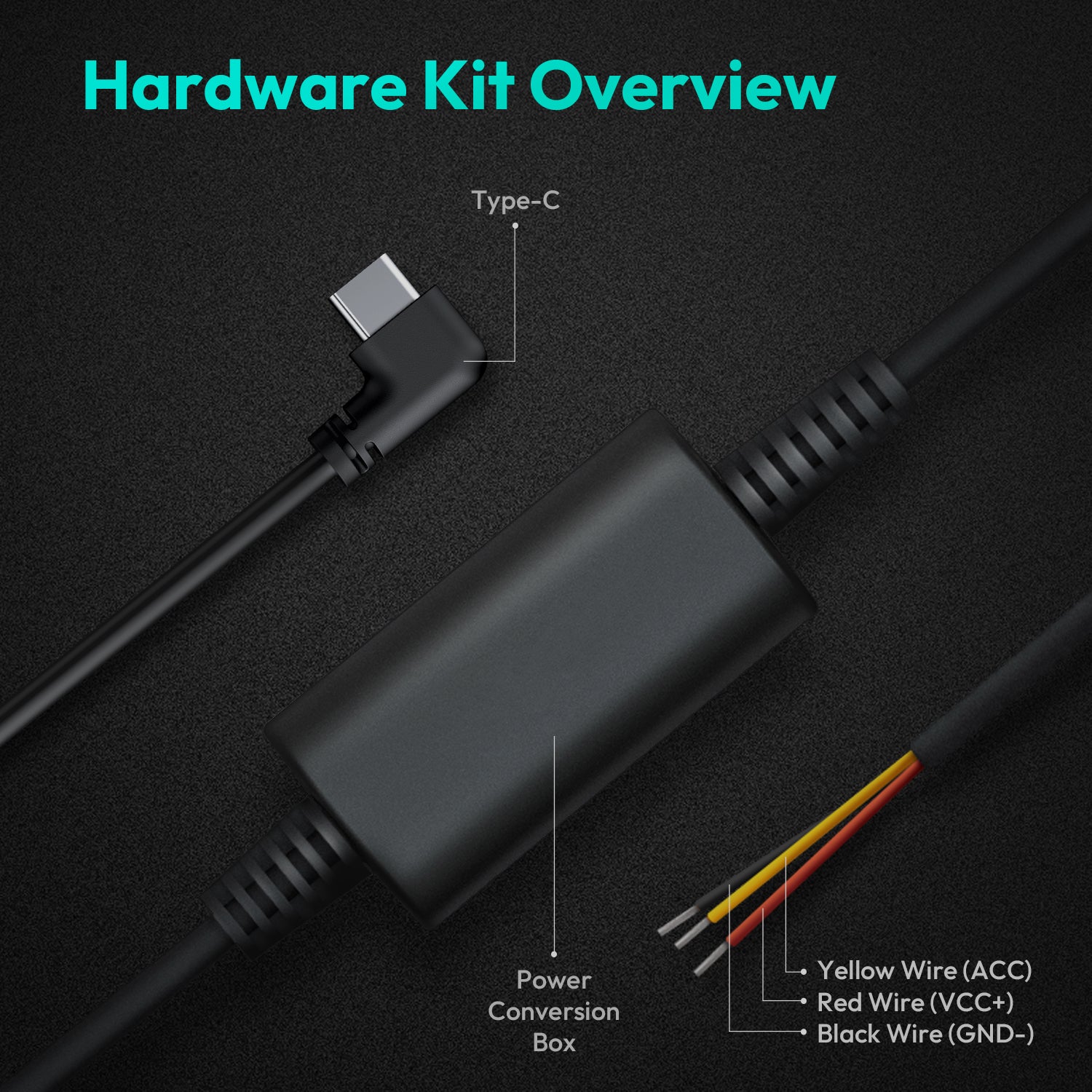
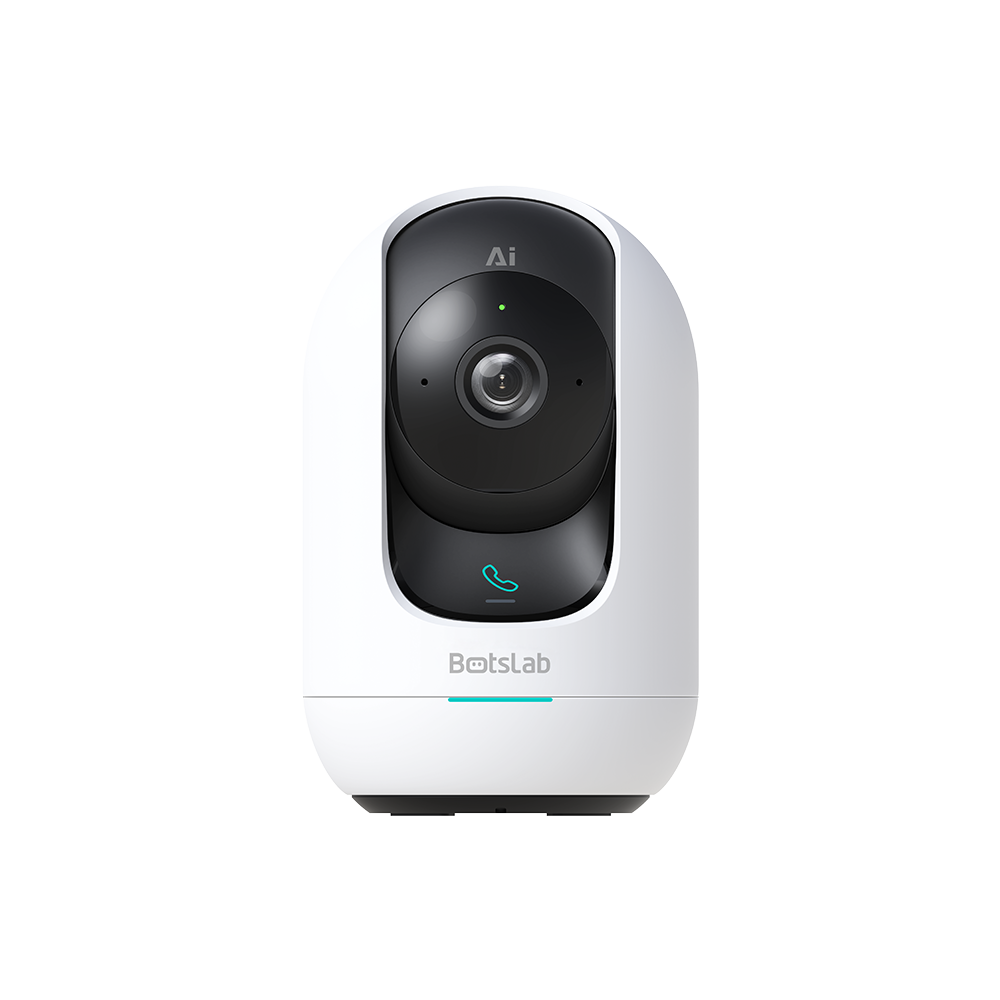


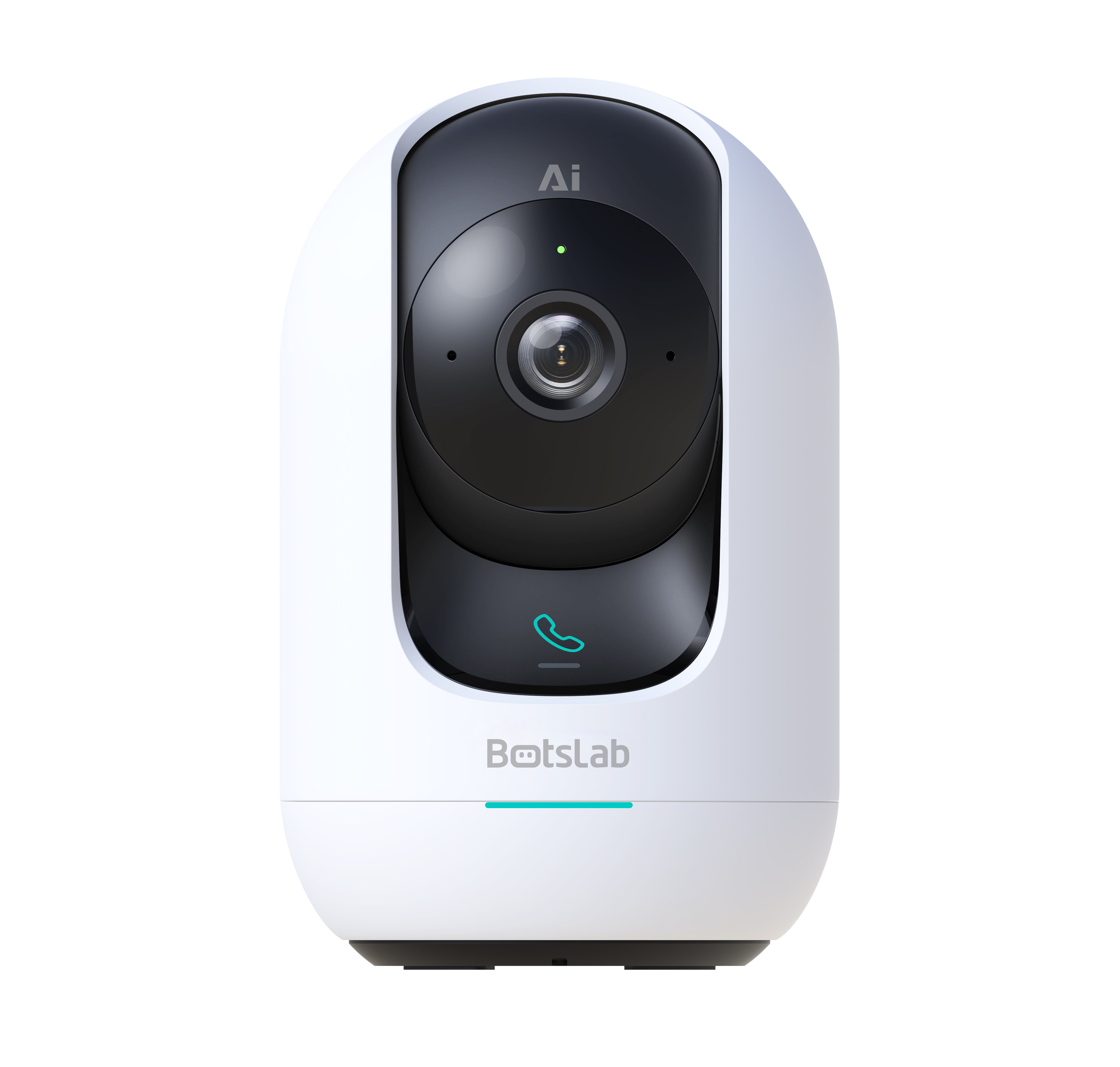

Teilen:
How exactly does the ADAS functionality in dashcams work?
How to Choose the Best Wireless Outdoor Camera?